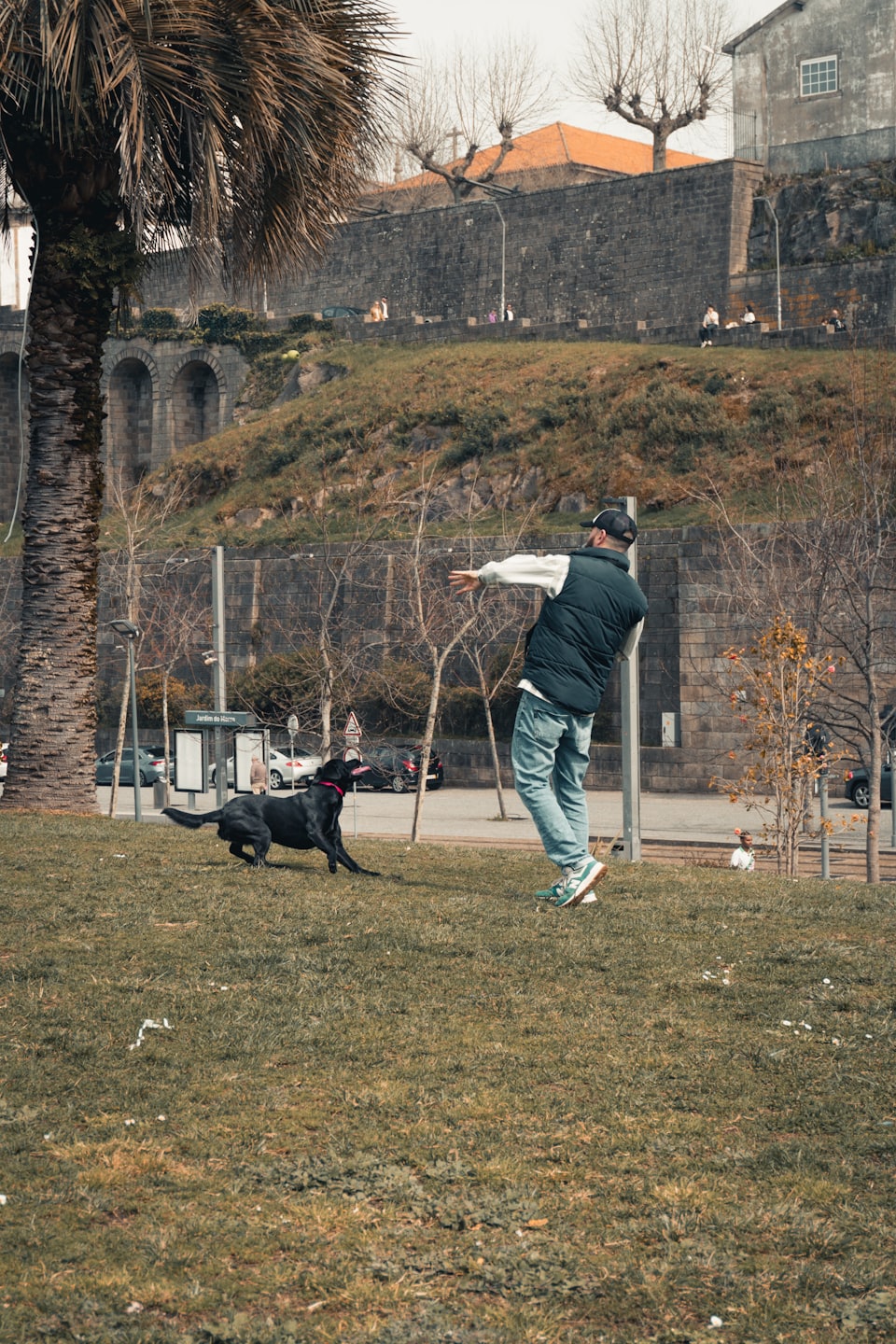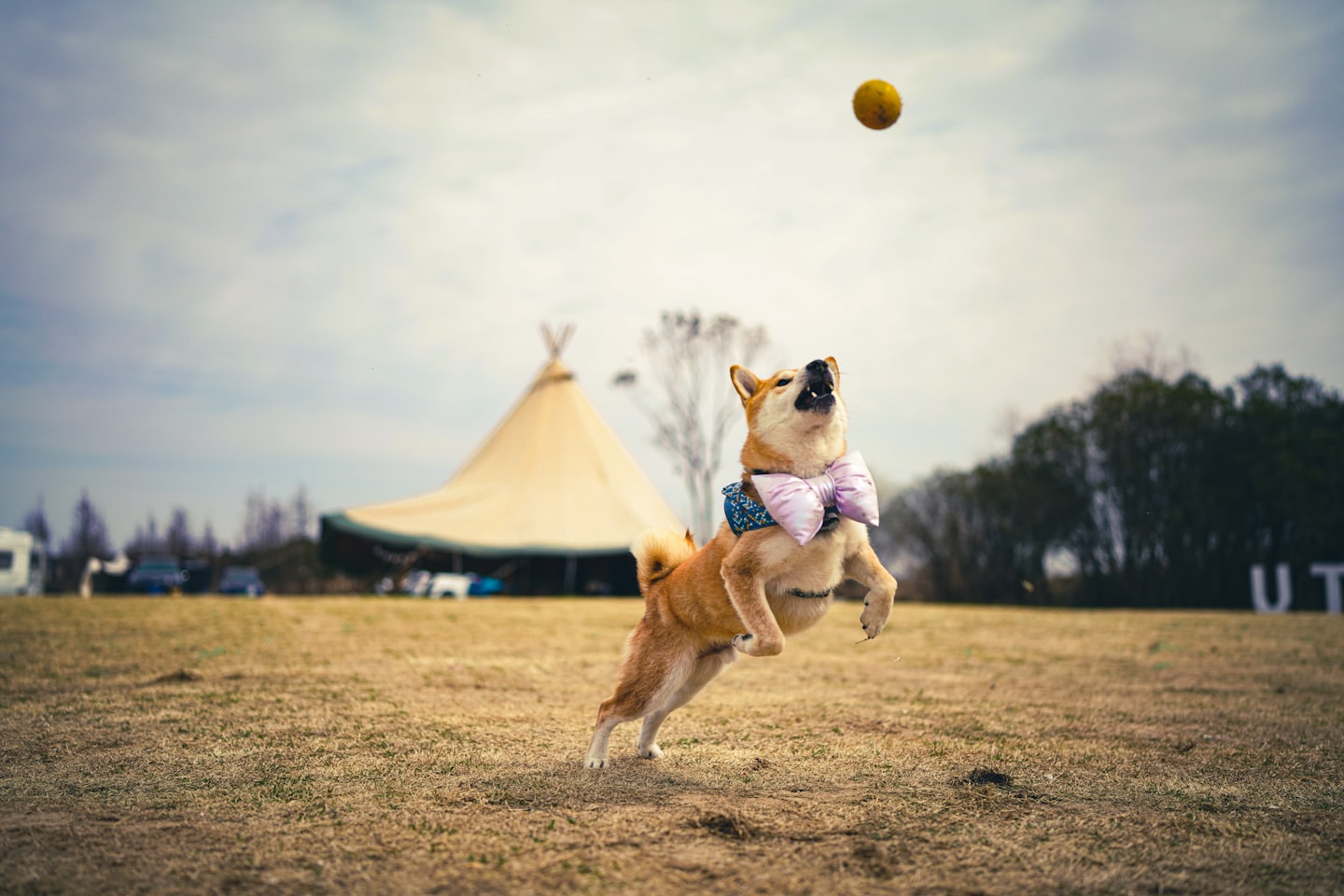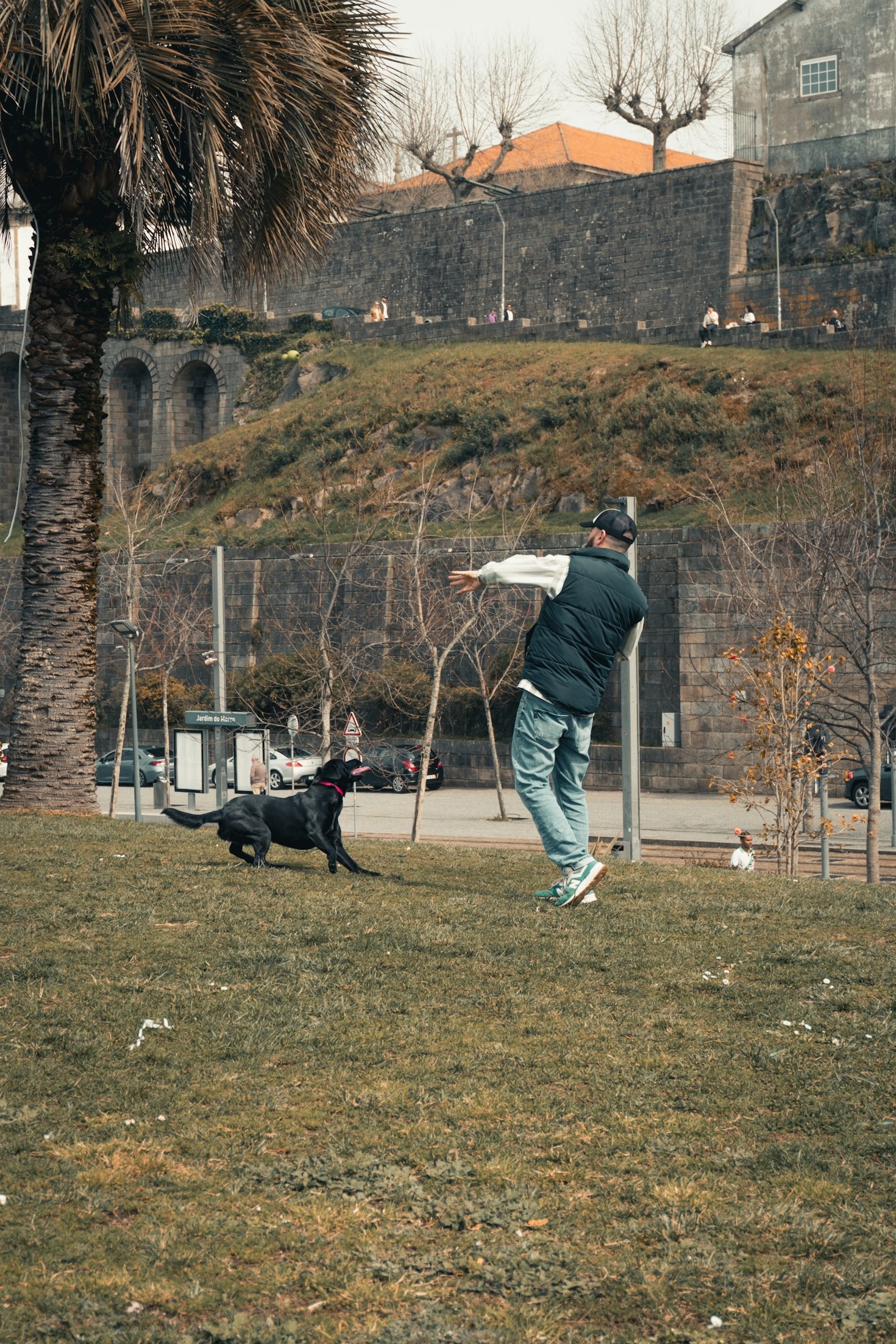Introduction
Training dogs is both an art and a science. Talented dogs have the capacity to learn a wide range of skills and commands, and the right training techniques can help unleash their potential. In 2025, dog training has evolved to include personalized, science-backed approaches that focus on positive reinforcement and understanding each dog’s unique learning style. This article explores effective “Dogs Training Techniques” that are proven to build a stronger bond with dogs while fostering obedience and confidence.
Understanding How Dogs Training Techniques
Successful training begins with understanding how dogs learn. Dogs respond best to a combination of emotional connection, clear communication, and cognitive engagement. Every dog is unique, needing training tailored to their age, breed, temperament, and background. For example, a Boston terrier puppy may need shorter, consistent sessions with positive reinforcement to build good habits, while older or rescue dogs may require patience and gradual confidence-building exercises.
Modern training emphasizes rewarding desired behavior over punishment, making learning a positive experience. Techniques now include breaking down complex commands into small, manageable steps to help dogs set and achieve realistic goals. This approach not only teaches the commands but also boosts dogs’ motivation and trust in their handlers.
Effective Dogs Training Techniques in 2025
1. Positive Reinforcement
Positive reinforcement remains the cornerstone of effective dog training. This method rewards dogs with treats, Dogs Training Techniques praise, or playtime whenever they display the desired behavior. Instead of focusing on correcting bad behavior with punishment, this technique encourages repetition of good habits. For example, telling a dog to sit and rewarding them immediately when they comply makes the dog associate sitting with positive outcomes, which speeds up learning.
2. Consistency and Patience
Training is most effective when handlers are consistent in their commands and expectations. Everyone involved in the dog’s life family members, trainers, caregivers should use the same cues and reward systems to avoid confusion. Patience is equally important; some dogs may learn commands faster than others, but consistent encouragement leads to lasting results.
3. Short, Frequent Sessions
Dogs have a limited attention span, especially puppies. Experts recommend training sessions not longer than 15 minutes but repeated multiple times a day. Short sessions keep dogs focused and prevent frustration for both the dog and trainer. Incorporating mental stimulation in these sessions also helps maintain your dog’s enthusiasm and reduces behavioral problems born out of boredom.
4. Technology-Aided Training
In 2025, Dogs Training Techniques has embraced technology with mobile apps that guide owners through structured training programs. These apps include videos, step-by-step lessons, progress tracking, and reminders, making training accessible and organized. Some even provide customized advice tailored to different breeds like Boston terriers or black nose pitbulls, giving handlers precise tools for their dog’s needs.


Setting SMART Goals
SMART (Specific, Measurable, Achievable, Relevant, Time-bound) goals help make the training process organized and motivating. For example, rather than vaguely aiming to “train a recall,” a SMART goal might be: “Teach my dog to come when called 8 out of 10 times within 6 weeks.” Breaking goals into smaller steps helps both dog and owner measure progress accurately.
Socialization and Behavior Correction
Beyond commands, socializing Dogs Training Techniques to be comfortable around new people and other animals is critical. Proper socialization training can prevent anxiety and unwanted behaviors like excessive barking or aggression. Behavior correction techniques, such as redirecting bad behavior with a command or distraction, are gently integrated into training plans to create well-rounded dogs.
Tailoring Training for Specific Breeds and Types
Different breeds have different learning styles and energy levels. For example, Boston terriers are intelligent and eager but need consistent, positive reinforcement to stay engaged. A Boston terrier brown variant will benefit from the same techniques, including mental challenges and physical activity to satisfy their energetic nature.
Black nose pitbulls, known for their loyalty and strength, Dogs Training Techniques may require training that balances firm guidance with affectionate reinforcement to curb any unwanted aggressive tendencies.
Training Special Groups: Seniors and Rescues
Older dogs or those from rescue backgrounds often come with unique challenges like anxiety or ingrained habits. Training techniques for these dogs emphasize trust-building and gradual exposure to new experiences, avoiding overwhelm. Breaking down commands into smaller steps and focusing on positive reinforcement helps these dogs regain confidence and adapt smoothly.
Table: Comparison of Dogs Training Techniques by Dog Type
| Training Technique | Puppies (e.g., Boston Terrier) | Adult Dogs (e.g., Black Nose Pitbull) | Senior/Rescue Dogs |
| Positive Reinforcement | Essential and frequent rewards to build habit | Firm but affectionate rewards to reinforce obedience | Gentle rewards to build trust |
| Session Length | Short (5-15 minutes), multiple times a day | Moderate (10-20 minutes), tailored per dog’s focus | Very short, patience-focused |
| Consistency | Critical across all family members | Still important, range of commands customized | Vital to reduce confusion and anxiety |
| Goal Setting | Simple, clear, achievable step goals | More advanced, skill-oriented goals | Adapted for capability and comfort |
| Socialization Needs | High – early exposure recommended | Moderate – continued social exposure | Gradual, comfort-based introductions |
| Use of Technology | Very effective with apps and videos | Useful for tracking progress | Can assist with ongoing reminders |
Incorporating Entertainment: Best Dog Movies
For motivation and bonding, watching “best dog movies” together can provide inspiration and insight into dog behavior and emotions. Films like “Isle of Dogs” and classics featuring loyal companions like Boston terriers capture the spirit of canine training and companionship.
Conclusion
Dogs training techniques have come a long way, blending science, technology, and compassion to bring out the best in talented dogs. Whether training a bouncy Boston terrier, a strong black nose pitbull, or a gentle senior rescue, the key lies in understanding the dog’s unique needs, using positive reinforcement, keeping training sessions consistent and engaging, and applying modern tools for guidance. Setting clear, achievable goals and practicing patience will ensure rewarding results for both dogs and their owners. Embracing these updated 2025 techniques makes training a joyful journey toward a well-behaved, confident canine companion.
For More Details Visit Talent Dogs


Leave a Reply